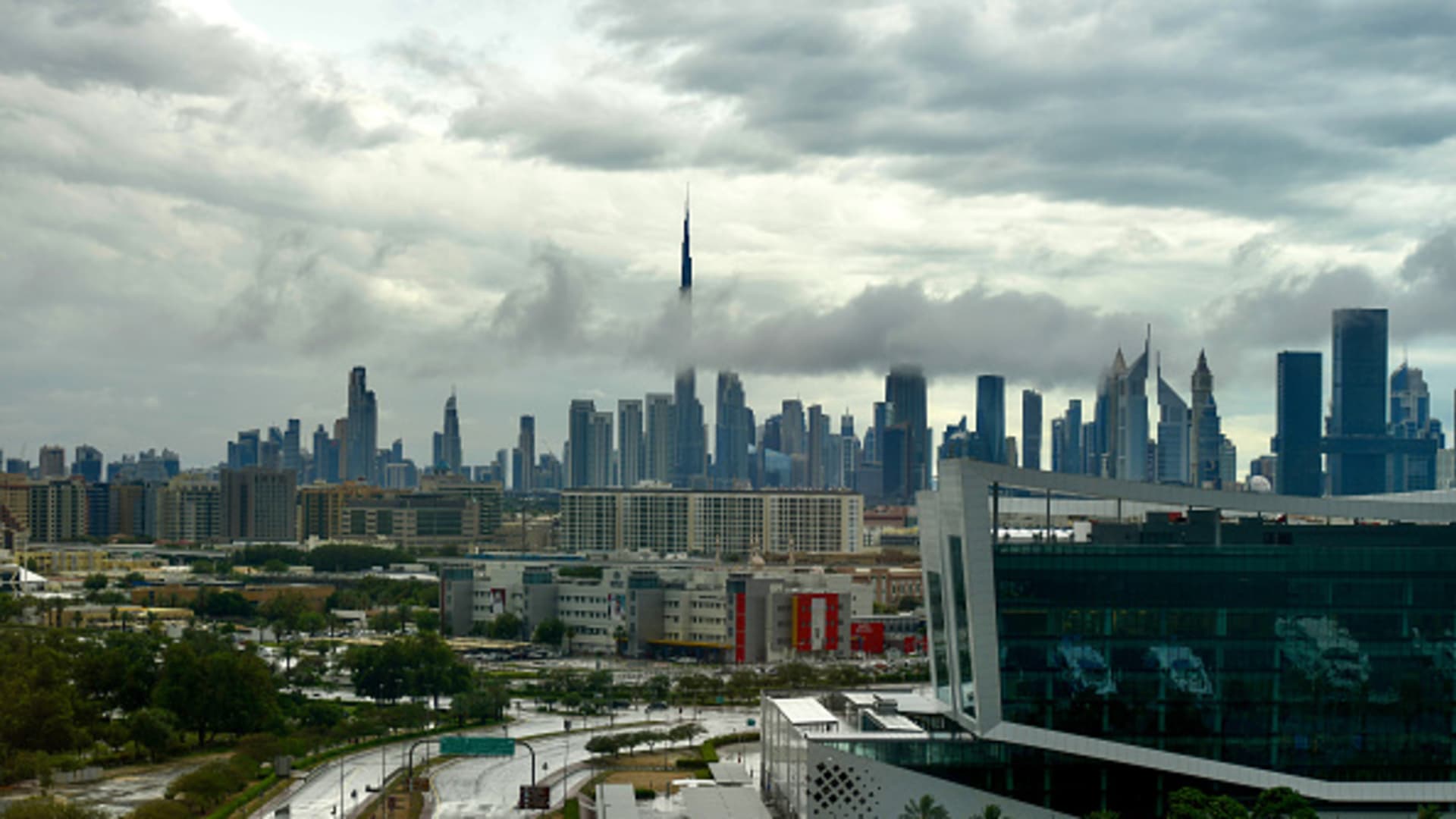
On April 17, 2024, the United Arab Emirates (UAE) experienced unprecedented rainfall that caused extensive flooding in Dubai and other parts of the country. The National Center of Meteorology (NCM), a government agency responsible for cloud seeding operations in the UAE, denied conducting any such activities before or during the storm.
According to reports, over 250 mm of rainfall was recorded in Al Ain and over 100 mm in Dubai on that day. Heavy rainfall averages between 140 to 200 mm annually in the UAE. Cloud seeding has been an integral part of the UAE's mission to address water shortages since the 1990s, with more than 1,000 hours performed annually.
The NCM stated that they tracked the incoming heavy rainfall but did not target any clouds during that period. They attributed the storm to natural rainfall. The torrential rains left at least 18 people dead in Oman on April 14 and 15, and paralyzed Dubai along with other parts of the UAE and Bahrain.
Cloud seeding is a weather modification concept aimed at drawing more rain or snow out of a cloud than would occur naturally. Silver iodide is used in cloud seeding as it can theoretically serve the same purpose as natural particles in causing clouds to release their moisture. However, it's difficult to determine if cloud seeding has any impact on precipitation due to challenges in conducting controlled experiments and quantifying its effectiveness.
Water is a closed loop system and it cannot be created or destroyed, only transformed as it moves through the water cycle. Torrential rainfall events will become more frequent as the atmosphere continues to warm, allowing it to soak up more moisture and release it as flooding rainfall.
The UAE witnessed its heaviest rainfall in 75 years on April 16 and 17, causing widespread flooding that submerged cars, abandoned vehicles, and even planes on the tarmac at Dubai International Airport. The deluge was deadly as well; one person died when his vehicle was swept away by floodwater in Ras al-Khaimah.
The NCM's denial of cloud seeding operations before or during the storm raises questions about whether such activities could have exacerbated the flooding. However, skepticism remains regarding the effectiveness of cloud seeding and its potential impact on precipitation.